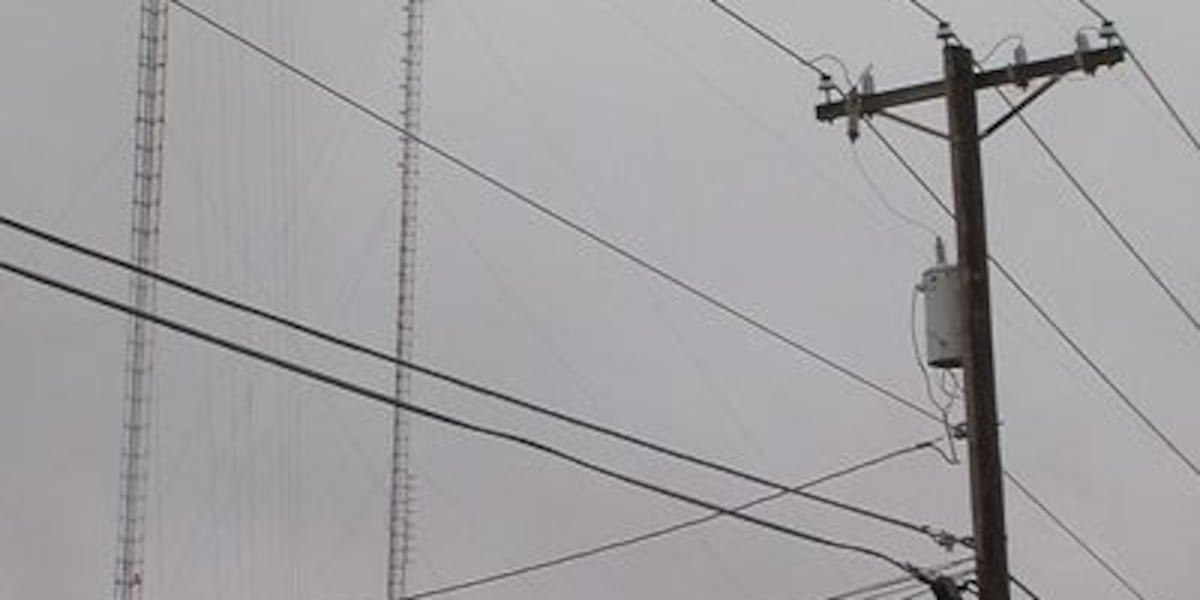Power Grid Resilience: Pine Belt Utilities Maintain Stability with Minimal 13 Outages

In a promising update for Pine Belt residents, the region's power restoration efforts have nearly reached completion, with just three connections still awaiting electricity as of Wednesday evening. The near-total recovery signals significant progress in the area's infrastructure resilience and repair efforts.

